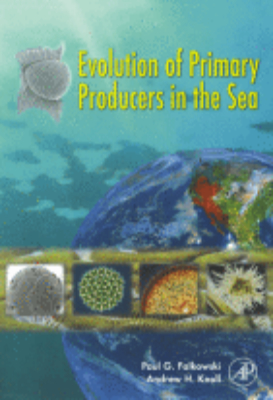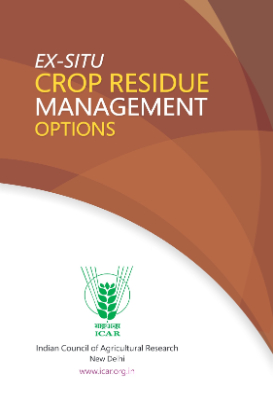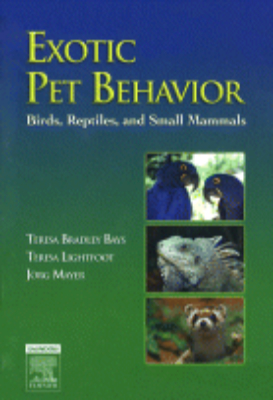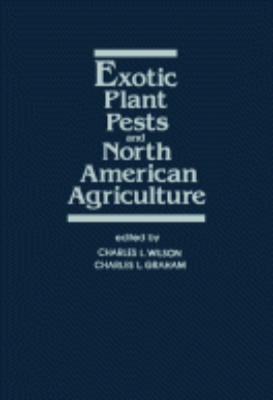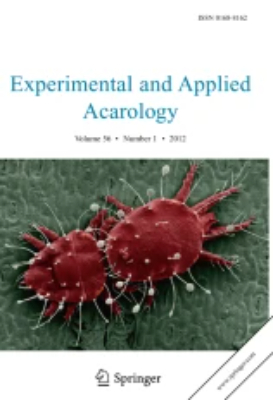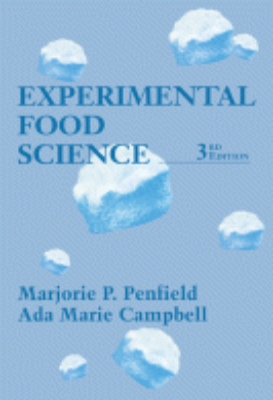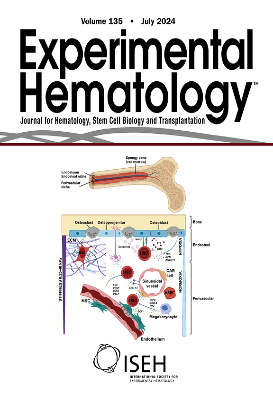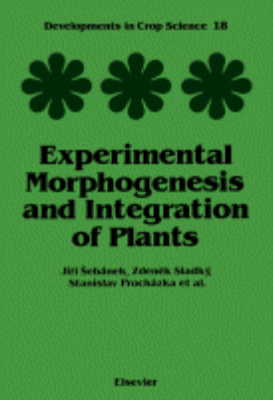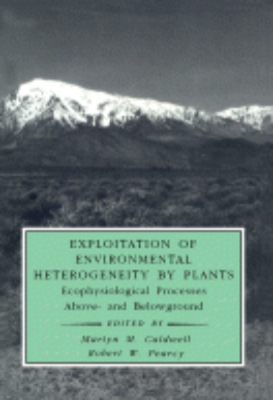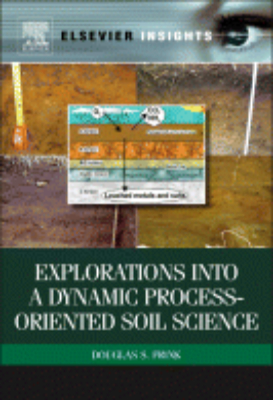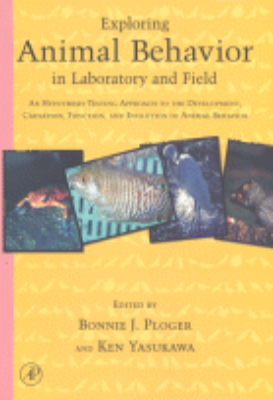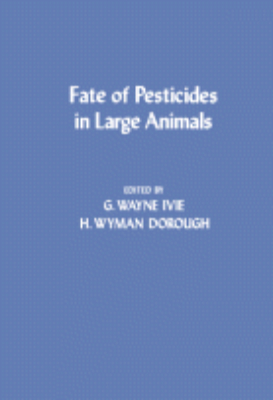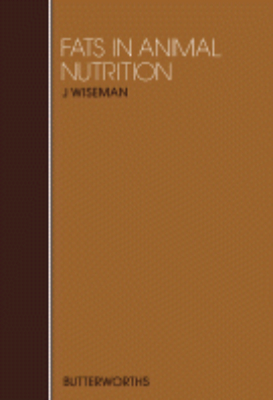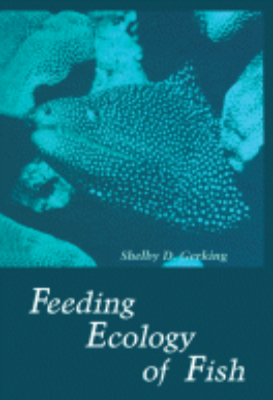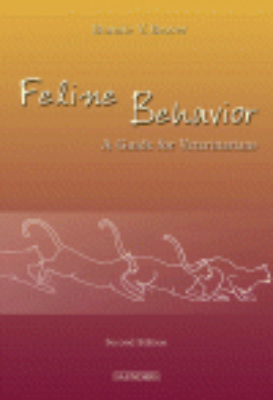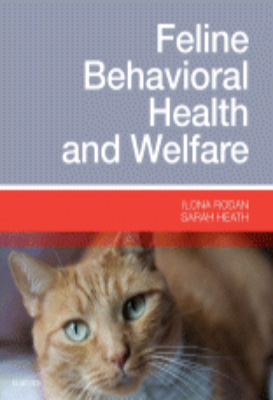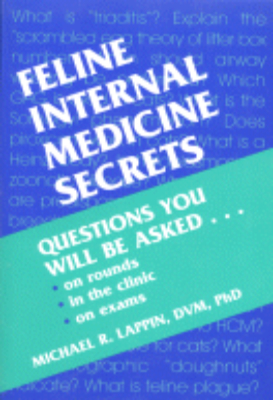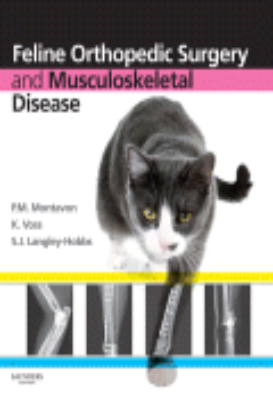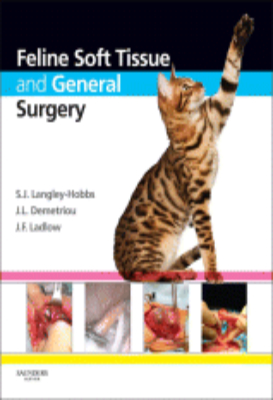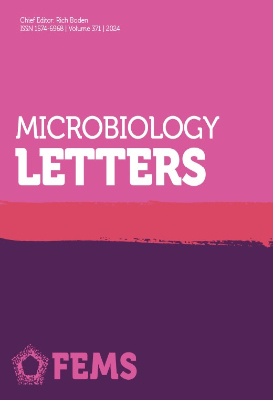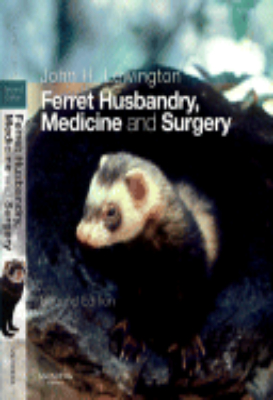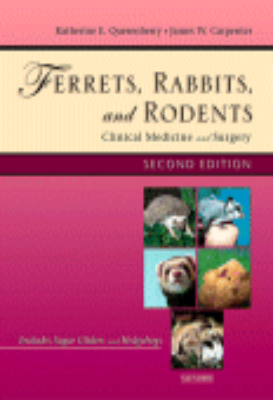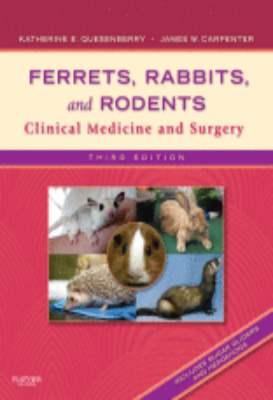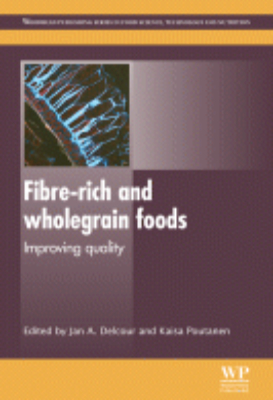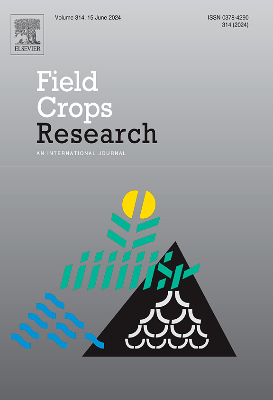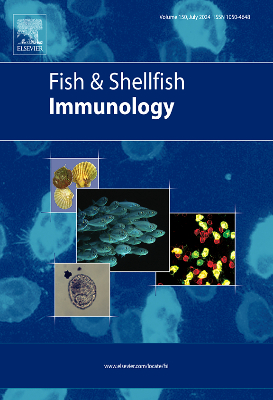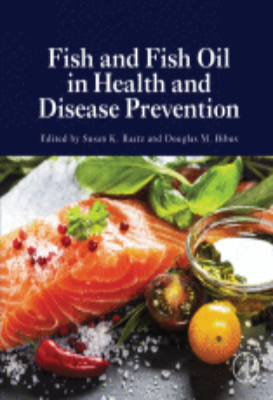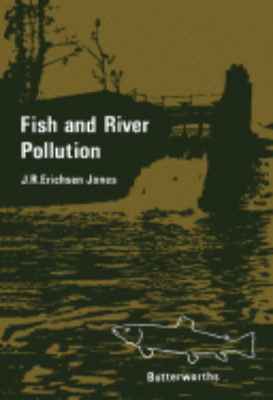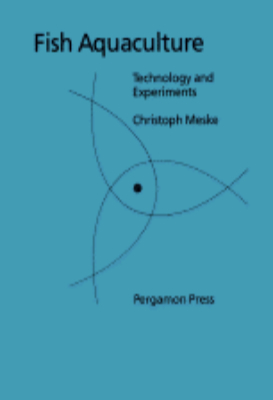Agricultural Science
Evolution of Primary Producers in the Sea
"Evolution of Primary Producers in the Sea reference examines how photosynthesis evolved on Earth and how phytoplankton evolved through time ultimately to permit the evolution of complex life, including human beings. The first of its kind, this book provides thorough coverage of key topics, with contributions by leading experts in biophysics, evolutionary biology, micropaleontology, marine ecology, and biogeochemistry.This exciting new book is of interest not only to students and researchers in marine science, but also to evolutionary biologists and ecologists interested in understanding the origins and diversification of life. Evolution of Primary Producers in the Sea offers these students and researchers an understanding of the molecular evolution, phylogeny, fossil record, and environmental processes that collectively permits us to comprehend the rise of phytoplankton and their impact on Earth's ecology and biogeochemistry. It is certain to become the first and best word on this exhilarating topic. Key Features. Discusses the evolution of phytoplankton in the world's oceans as the first living organisms and the first and basic producers in the earths food chain. Includes the latest developments in the evolution and ecology of marine phytoplankton specifically with additional information on marine ecosystems and biogeochemical cycles. The only book to consider of the evolution of phytoplankton and its role in molecular evolution, biogeochemistry, paleontology, and oceanographic aspects. Written at a level suitable for related reading use in courses on the Evolution of the Biosphere, Ecological and Biological oceanography and marine biology, and Biodiversity"
Ex-Situ Crop Residue Management
THE Committee on economic analysis of alternative/ex-situ options of
crop residue management likes to express its sincere and whole hearted
thanks to Dr. Trilochan Mohapatra, Secretary, DARE and DG, ICAR for his
foresight in formulating concepts and ideas for ex-situ management of crop
residues, for instituting this Committee and further for providing his
valuable inputs at various stages for finalizing the "Ex-situ Crop Residue
Management Options" document.
The Committee also extends its sincere thanks to the AS (DARE) and
Secretary (ICAR), Secretary, Ministry of Power, and Secretary, Ministry of
Petroleum and Natural Gas and Director, ICAR-NIAP for valuable guidance
all through for drafting the recommendations.
Thanks are also due to all the members of the High Level Monitoring
Committee on In-situ Crop residue Management Central Sector Scheme,
Director ICAR-CIAE, Bhopal, Dr. KC Pandey, Project Coordinator of AICRP on
Energy in Agriculture and Agro Industries, Dr. Nalini Ranjan Kumar, Principal
Scientist, ICAR-NIAP, Dr. S.S. Sooch, Principal Scientist (Renewable Energy
Engineering), PAU, Ludhiana, Dr Mukesh Jain, Assistant Professor (FMPE),
CSHAU, Hissar, Dr. Panna Lal Singh, Principal Scientist, Agricultural
Engineering Division, ICAR for their outstanding support and cooperation
during the process of discussions and in finalizing the recommendations.
Member Secretary of this Committee Dr. Kanchan Kumar Singh, Assistant
Director General (Farm Engineering) is appreciated, by the rest of the
Committee, for his strenuous efforts in collating the information and drawing
a conceptual framework that formed the basis of our discussions and for the
overall coordination in formulation and finalization of the recommendations.
Exotic Pet Behavior
In addition to coverage of all normal behavior patterns -- sensory, communication, social and antisocial, reproductive, eating, and elimination -- this resource helps you identify medical implications of abnormal behavior, pain-associated behaviors, and effects of captivity. Client education handouts provide important information about caring for a variety of avian and exotic pets.
Exotic Plant Pests and North American Agriculture
Exotic Plant Pests and North American Agriculture examines the threat posed by exotic pests introduced to North American agriculture. It considers the impact of introduced pests on humans, and it highlights the need for intensified research efforts and international cooperation to prevent further introductions. Organized into 17 chapters plus an epilogue, this volume begins with a historical overview of pest introductions, including insects and mites, and possible introductions in the future. It then discusses the impact of introduced weeds in North America; ecology and genetics of exotic species; how to detect and stop pest introductions; and research on exotic insects, plant pathogens, and weeds. The reader is also introduced to the use of exotic natural enemies for biological control of exotic pests, prediction of potential epidemics caused by exotic pests, insurance against exotic plant pathogens, and international cooperation on controlling exotic pests. Scientists, plant pathologists, ecologists, and those working in academics, government research laboratories, and regulatory agencies will benefit from reading this book.
Experimental Food Science
This textbook presents the scientific basis for understanding the nature of food and the principles of experimental methodology as applied to food. It reviews recent research findings and specific technological advances related to food. Taking an experimental approach, exercises are included at the end of each chapter to provide the needed experience in planning experiments. Emphasizing the relationships between chemical and physical properties, basic formulas and procedures are included in the appendix.
Exploitation of Environmental Heterogeneity by Plants
There is a new emerging interest in the effects of gaps and patches on succession and biodiversity. This innovative volume is a synthesis of studies of plant responses to temporal and spatial heterogeneity, the exploitation of resources from pulses and patches by plants, and their competition with neighbors in the face of this variability.Aboveground, the book focuses upon the nature of canopy patchiness, consequences of this heterogeneity for the light environment, and the mechanisms by which plants respond to and exploit this patchiness. Belowground, the text explores the heterogeneity of soil environments and how root systems obtain nutrients and water in the context of this temporal and spatial variability. As a new reference in an evolving and growing field, this text is sure to be a valuable tool for researchers and advanced students in plant physiology, ecology, agronomy, and forestry alike.
Explorations into a Dynamic Process-Oriented Soil Science
The paradigm and models of traditional soil science lack the ability to adequately address issues of soil dynamics, environmental integration, and change. Unexplainable research results obtained from traditional soil studies applied to non-traditional soil phenomena in physical geography, archaeology and ecology speak to the current need for soil science to move beyond description and classification and into a dynamic process-oriented soil science capable of providing explanations. Soils do not behave as static inert geologic detritus affected by climate, organisms, relief, and parent material through time, but instead soils behave as self-organizing systems dynamically interrelating with their environment. Recognition of this dynamic behaviour required a re-examination of how scientists in general think and in how modern soil science specifically evolved its basic paradigms and models. This book examines the dynamics of soil organic carbon and demonstrates the self-organizing nature of soil through time as soil responds to a wide range of environmental and human perturbations.
Exploring Animal Behavior in Laboratory and Field
Exploring Animal Behavior in Laboratory and Field is designed to provide a variety of exercises that engage students actively in all phases of scientific investigation, from formulating research questions through interpreting and presenting final results. It attempts to share the collective teaching expertise and experience of members of the Animal Behavior Society with all who are willing to benefit from their wisdom. Four types of exercises are presented: (1) traditional exercises in which students follow a pre-determined protocol to test particular hypotheses explicitly stated in the exercise, (2) traditional exercises that can easily be adapted to inquiry-based approaches, (3) combined pedagogy exercises that involve both traditional and inquiry approaches, and (4) inquiry exercises in which students first brainstorm to generate their own hypotheses, then design their own experiements to test their hypotheses. Key Features * Supports a range of pedagogical styles and texts in animal behavior with active learning experiences that engage students * Students and instructors benefit from knowledge and experience of members of the Animal Behavior Society * Flexibility of design enables students and instrucotrs to tailor the exercises to their needs * Can be used to support lab courses that are completely inquiry based as well as independent student research projects in animal behavior * Consideration of animal care guidelines provides an excellent way to address and discuss concerns about the use of animals in teaching and research * Emphasizes the hypothetico-deductive approach that students have difficulty understanding and implementing * Supporting materials make additional required texts unnecessary and link study design considerations with real studies
Fate of Pesticides in Large Animals
Fate of Pesticides in Large Animals covers the proceedings of the 1976 Fate of Pesticides in Large Animals symposium. The symposium is held at the Centennial Meeting of American Chemical Society and sponsored by the Pesticide Chemistry Division of the ACS. It aims to focus on the fate of pesticides in large animals and to assemble a thesis on the subject covering its theoretical and practical significance. In this book, large animals are particularly considered, because they often metabolize chemicals differently than small laboratory rodents. These differences may prove a basis for the development of concepts pertinent to the phenomenon of selective toxicity. This book is divided into three sections encompassing 14 chapters. The first section delineates the rationale of the symposium and presents topics applicable to all facets of large animal metabolism. The second section focuses on comparative metabolism of selected groups of pesticides, including phenoxy herbicides, insect growth regulators, fungicides, and halogenated hydrocarbons. The third section deals with specific compounds and/or specific large animal species. It includes mirex, chlordane, dieldrin, and polychlorinated biphenyls; p,p'-DDT and p,p'-DDE in pig; phenyl N,N'-dimethylphosphorodiamidate; croneton; and Vacor rodenticide. This book is an invaluable resource for chemists, biochemists, researchers, and toxicologists.
Fats in Animal Nutrition
Fats in Animal Nutrition provides a useful text containing information from many diverse disciplines that discuss the nutritional utilization of lipids of domesticated animals. The book is divided into seven parts. Part I covers the chemistry and biochemistry of animal and plant fats and their nutritional importance; Part II discusses the general principles involved in the transport and absorption of fats and how this process is facilitated in ruminant and non-ruminant animals. The book also deals with the role of essential fats in the nutrition of different animals, as well as the protective functions of fat-soluble vitamins . Part IV discusses the use of fats as an energy source for animals; Part V deals with the inclusion of fats in animal feeds and their uses. The deposition of fat in different meats and the practical applications of fat utilization in animals are covered as well. The text is recommended for agriculturists, veterinarians, and zoologists who would like to know more about the importance of the inclusion of fats in animal diets.
Feeding Ecology of Fish
Feeding Ecology of Fish establishes a comprehensive framework for the variable ecological patterns exemplified by feeding fishes. The author, a former president of the American Fisheries Society, devotes special attention to synthesizing empirical studies in categorizing feeding patterns. This book shows how remarkably adaptable fish can be with regard to selecting food, often from trophic levels not usually occupied. Relying on a thorough literature survey, Feeding Ecology of Fish will be an invaluable reference for both fishery scientists and ecological theorists. Key Features @introbul:Special features include: @bul:* Organization by trophic level * Emphasis on empirical studies * Broad coverage of a diverse field
Feline Behavior
The new edition of this popular book covers all common behavior problems pertaining to the cat including the history of feline development to social and communicative behavior. The easily accessible format makes this an excellent book for both professionals and pet owners. Important areas of discussion are the cat's behavior and its changing role for humans, and the inclusion of new treatments as additional information is learned about cat behavior.
Feline Behavioral Health and Welfare
Learn to manage the physical and psychological well-being of your feline patients with Feline Behavioral Medicine: Prevention and Treatment. From house soiling problems to aggression, this all-new reference offers detailed guidance on assessing, treating, and preventing the full spectrum of feline behavioral problems. Material is organized by both topic and life stage for quick access to the information you need. Plus its incorporation of patient education materials, instructive images, and the latest AAFP guidelines, makes it an invaluable addition to any vet clinicians library. "This book ... will undoubtedly become THE reference in that very specific field." Reviewed by: Fabienne Dethioux on behalf of Royal Canin: Vets Today, January 2016
Feline Internal Medicine Secrets
This book covers the breadth of feline diagnoses and management in the textbook-in-question-and-answer format for the Secrets series. After years of being treated under the basic medical model of the canine, feline medicine has reached greater prominence in the past few years, and has become a hot topic in veterinary medicine. Michael Lappin is one of the major names in modern feline medicine and he has assembled a cast of contributors featuring many of the major feline authorities in veterinary medicine. Each chapter presents a brief overview, discusses the diagnotic plan and then focuses on the key concepts for each topic.
Feline Orthopedic Surgery and Musculoskeletal Disease
Feline Orthopedic Surgery and Musculoskeletal Disease is the first book dedicated specifically to treating cats with disorders in this specific area. The practice of feline orthopedic surgery and traumatology has developed to a great extent over the last ten years as cat ownership is increasing and this textbook discusses new veterinary diagnostic procedures and surgical techniques that have been developed that veterinarians, residents and students working in the field of internal medicine need to know about.
Feline Soft Tissue and General Surgery
While the practice of feline general and oncologic surgery has developed greatly in recent years, the option of referral for some cat owners is not always a viable one. The increasing requirement for the general veterinarian to be competent in performing feline surgery has not, however, been supported by a dedicated text on the subject. Feline General and Oncological Surgery assembles an international team of editors and contributors to present the first comprehensive resource devoted solely to all aspects of soft-tissue surgeries in the cat. Techniques are covered in a practical and detailed how to manner and range from the common to the more specialized, ensuring the widest possible appeal. The book divides into several sections, initially considering the general approach to the feline surgery patient and then proceeding to detailed coverage of surgery by anatomic location. Part 1 deals with the basics of feline anesthesia, analgesia, preoperative and postoperative care of the patient, surgical instrumentation and surgical principles for oncology cases. Part 2 covers surgical techniques of general and oncological feline diseases and injuries, which are explained as step-by-step methods with many specially prepared schematic illustrations specific to the cat. Emphasis is on presenting both classical methods and new techniques. Feline Soft Tissue and General Surgery is the perfect sister-text to Feline Orthopedic Surgery and Musculoskeletal Disease, also published by Elsevier. Together they comprise a comprehensive and complete literature giving practial coverage of all possible surgical procedures in the cat.
Ferret Husbandry, Medicine and Surgery
Ferret Husbandry, Medicine and Surgery is a must-have for the small animal practitioner and those interested in ferrets in general. It aims to inform on all aspects and conditions relating to the domestic ferret. Edited and authored by one of the eminent authorities on ferrets in the world, John Lewington, for this new edition is joined by contributions - including both new text and illustrations - from ferret experts based in 8 different countries, including the UK, US, Australia, Japan and Russia, thus ensuring the most current and complete information is available on this increasingly popular animal. Fully updated and with full colour throughout, this second edition now has 5 new chapters: gastroenteric/liver diseases; ferret-polecat domestication and genetics; ferret dentistry and pathology; ferret toxicosis; and ferret ultrasonography, covering new radiology and ultrasound techniques.
Ferrets, Rabbits, and Rodents: 2004
Addresses the common questions and concerns of the practicing veterinarian who works with small mammals. Serves as a useful reference for veterinary students, technicians, research scientists, pet shop owners, pet owners, and breeders. Because preventive medicine is crucial to small mammal medicine, coverage includes basic biology, husbandry, and routine care of the healthy animal. Also features chapters on disease management, surgery, and radiology.
Ferrets, Rabbits, and Rodents: 2012
A concise guide to the care of small mammals, Ferrets, Rabbits, and Rodents: Clinical Medicine and Surgery covers the conditions seen most often in veterinary practice. The book emphasizes preventive medicine along with topics including disease management, ophthalmology, dentistry, and zoonosis. More than 400 illustrations demonstrate key concepts related to radiographic interpretation, relevant anatomy, and diagnostic, surgical, and therapeutic techniques. Now in full color, this edition adds coverage of more surgical procedures and expands coverage of zoonotic disease. From editors Katherine Quesenberry and James W. Carpenter, along with a team of expert contributors, the "Pink Book" provides an authoritative, single source of information that is hard to find elsewhere.
Fibre-Rich and Wholegrain Foods
"Consumers are increasingly seeking foods that are rich in dietary fibre and wholegrains, but are often unwilling to compromise on sensory quality. Fibre-rich and wholegrain food reviews key research and best industry practice in the development of fibre-enriched and wholegrain products that efficiently meet customer requirements.Part one introduces the key issues surrounding the analysis, definition, regulation and health claims associated with dietary fibre and wholegrain foods. The links between wholegrain foods and health, the range of fibre dietary ingredients and a comparison of their technical functionality are discussed, as are consumption and consumer challenges of wholegrain foods. Part two goes on to explore dietary fibre sources, including wheat and non-wheat cereal dietary fibre ingredients, vegetable, fruit and potato fibres. Improving the quality of fibre-rich and wholegrain foods, including such cereal products as wholegrain bread, muffins, pasta and noodles, is the focus of part three. Fibre in extruded products is also investigated before part four reviews quality improvement of fibre-enriched dairy products, meat products, seafood, beverages and snack foods. Companion animal nutrition as affected by dietary fibre inclusion is discussed, before the book concludes with a consideration of soluble and insoluble fibre in infant nutrition.With its distinguished editors and international team of expert contributors, Fibre-rich and wholegrain foods provides a comprehensive guide to the field for researchers working in both the food industry and academia, as well as all those involved in the development, production and use of fibre-enriched and wholegrain foods. Key Features. Reviews key research and best industry practice in the development of fibre-enriched and wholegrain products. Considers analysis, definition, regulation and health claims associated with dietary fibre and wholegrain foods. Explores sources of dietary fibre including: wheat and non-wheat cereal, vegetable, fruit and potato fibres"
Fish and Fish Oil in Health and Disease Prevention
"Fish and Fish Oil in Health and Disease Prevention provides an authoritative review of the role of fish and fish oil intake in the promotion of human health. This up-to-date volume provides a complete examination of intake patterns as well as research evidence of intake in disease prevention and treatment. Readers will gain knowledge ranging from the current state of fish and fish oil intake, their health promoting effects and influences on individual response, how they influence development and health maintenance through the life cycle, and their role in disease prevention and treatment. This book is an invaluable resource for all researchers working to understand the relationship between fish and human health. It is a valuable reference for nutritionists, dietitians, and health care providers. Key Features. Imparts a valuable understanding of fish intake patterns around the world and the role of fish and fish oil in human health through the lifecycle. Offers an understanding of the role of fish and fish oil in disease risk reduction and treatment. Presents the current status of fish intake and recommended intake levels for human health. Focuses on research on unique fish and oil sources and potential problems with fish availability"
Fish and River Pollution
Fish and River Pollution deals with experimental and field research connected with the effects of pollution in fish, and the useful data gathered from these studies. After reviewing some experiments made on the effects of pollution on fish, the author discusses pollution by oxygen-reducing effluents such as sewage, milk washing, and other solutions that can be broken down by microorganisms, a process that uses up dissolved oxygen in the water. The experiments conducted by Shelford and Allee, which the author cites, studies the reactions of fish to different concentrations of atmospheric gases, particularly as fish detect low concentrations of oxygen more sensitively than man. The paper also discusses the time-effect relationship of a toxic substance to fish as immersion time, time needed for advancement, minimum time of exposure, and immersion time to fatality. The effect of thermal pollution such as that generated in thermal plants to produce electricity, though chemically toxic-free, can significantly change the temperature of the water where fish live. Such temperature change can affect water viscosity, rate of water oxygen absorption, development of sewage fungus, and changes in natural invertebrate fauna. This book can be appreciated by environmentalists, aquatic researchers, zoologists, and marine biologists.
Fish Aquaculture
Aquaculture has gained a momentum throughout the world during recent decades which is unparalleled in other branches of food production. This book describes methods currently used for the production of those warm water table fish which are of major importance. Included are experiments and procedures which will help to combat the growing food problem through new production methods for animal protein. The aim of the work presented here is to promote the continuous production of warm water table fish independently of climate or environment within the least necessary space and even in regions with unsuitable weather or topography.

